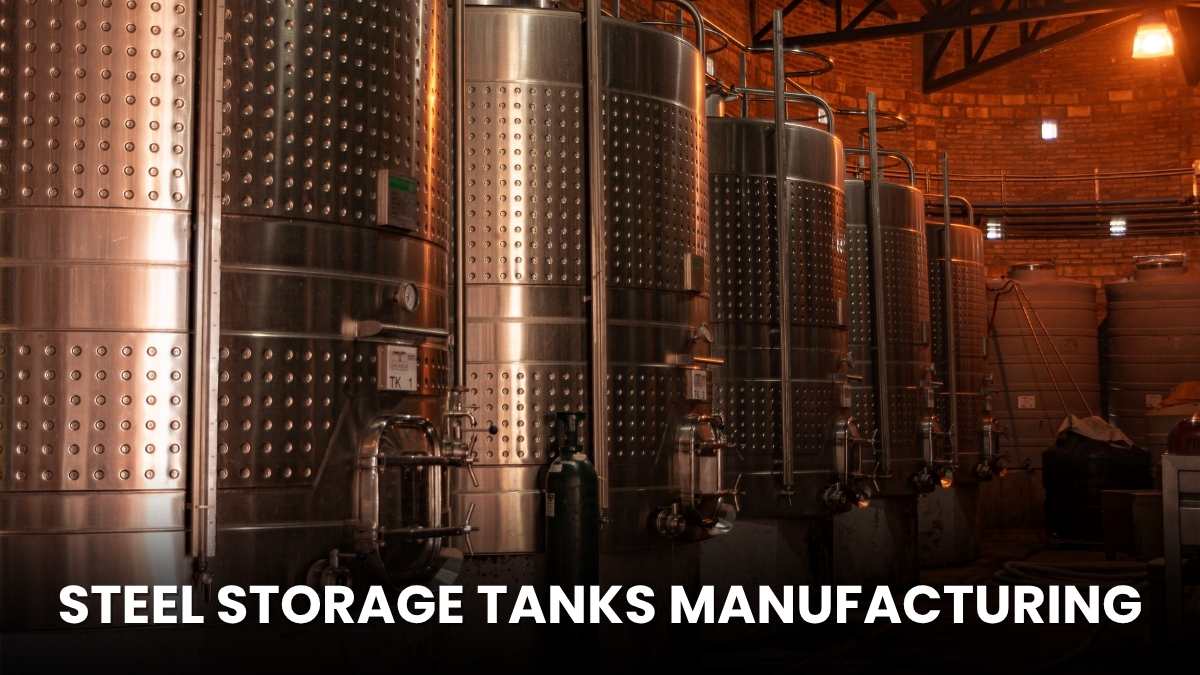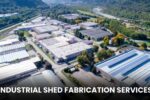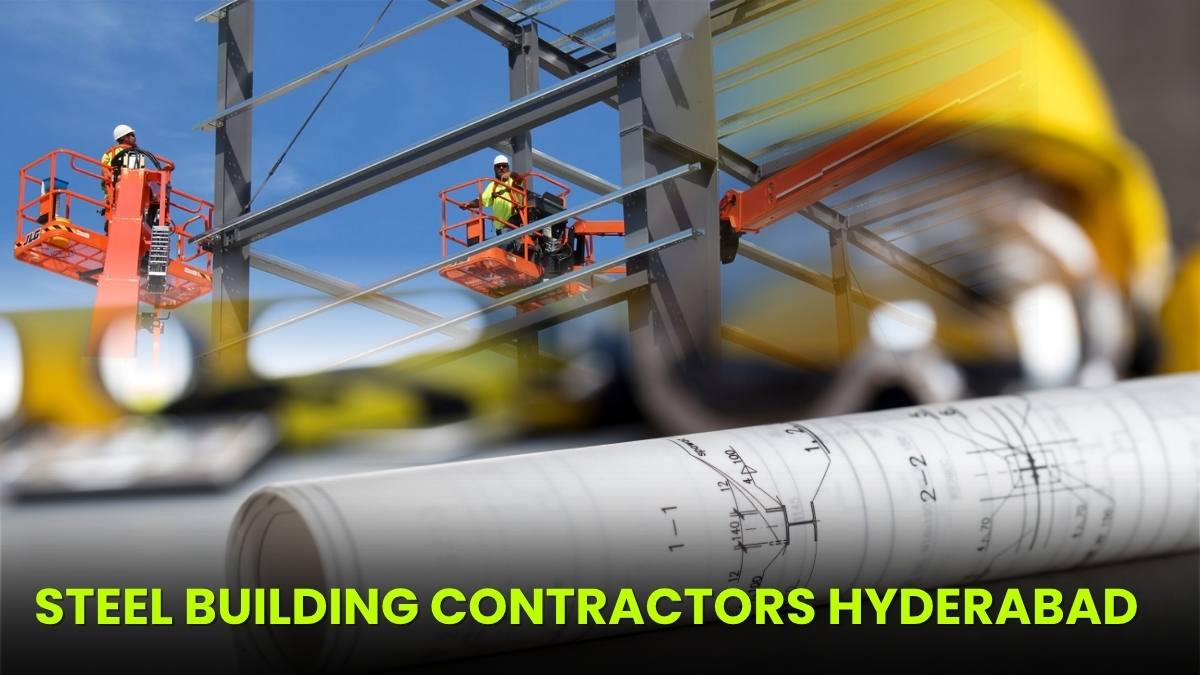Nowadays, every industry needs to store water, oil, chemicals, or food-grade products, and the steel storage tanks are the best choice for the same because of their strength and long-lasting durability.
Its unique feature is its durability in all types of environments, whether it’s heat, humidity, or rain. Because of this, it’s used by the oil and gas, water treatment, manufacturing, agriculture, and chemical industries.
If you have a question in your mind as to how they are manufactured, then you do not need to go anywhere; we have discussed the details in this regard below. Read this article thoroughly to know all about it.
What is the steel storage tank manufacturing process?
There are a total of five stages in steel storage tank manufacturing, which include design & engineering, steel plate cutting, plate rolling, welding & assembly, and testing & finishing. We have discussed each step in detail below; scroll down to check it.
Design & Engineering
The first step in steel storage tank manufacturing is design and engineering; a complete plan is developed based on capacity, use, size, thickness, and location. Fuel and chemical storage tanks are designed differently from water storage tanks because they require greater safety considerations.
Engineers first create a 3D model of the tank to determine how much pressure it can withstand and how long it will last. Furthermore, the grade of steel is also selected during this step, along with the welding method, plate thickness, number of joints, and safety standards.
Steel Plate Cutting
The second step is steel plate cutting. This involves cutting large steel sheets to the perfect size using a machine. Most companies currently use CNC plasma cutting, laser cutting, and automatic saw cutting, as this allows for precise cutting to be achieved.
Perfect cutting is essential because it can later create problems with welding and fitting. After precise cutting, the edges are cleaned to ensure a strong weld and prevent leakage. Cutting and welding are the key steps that truly determine the tank’s strength.
Plate Rolling
After cutting the steel plate, rolling is performed. The cut steel sheets are fed into large rolling machines to form a fairly round shape. Smaller tanks are made in a single shell, while larger ones are formed by joining cells or seats together.
The machine applies tremendous pressure during the rolling process, ensuring that the sheet retains its round shape for a long time. This step further ensures that the tank remains straight, balanced, and beautiful.
Welding & Assembly
Welding is the most critical and crucial stage of tank construction, where 100% of the time strength is ensured. Different welding techniques such as MIG, TIG, ARC, and SAW are used; this is done to ensure a strong bond between the shell, bottom plate, and roof plates.
After welding, it is assembled step-by-step, first the bottom plate, then the side shells, and finally the roof. Once this is done, the nozzles, manholes, stairs, rings, and connection points are installed at the back end, ensuring the tank is completely solid and pressure-tight.
Testing & Finishing
Once ready, it undergoes numerous tests, including hydro testing, vacuum testing, and radiography testing. This ensures there are no leaks or weaknesses in the building. This is the most important and rigorous part of the manufacturing process.
Once the tank passes testing, it is painted and coated. To prevent rust, the tank undergoes sandblasting, primer, anti-corrosion paint, and, if needed, epoxy or food-grade coating, ensuring a perfect lifespan of 30 to 40 years.



